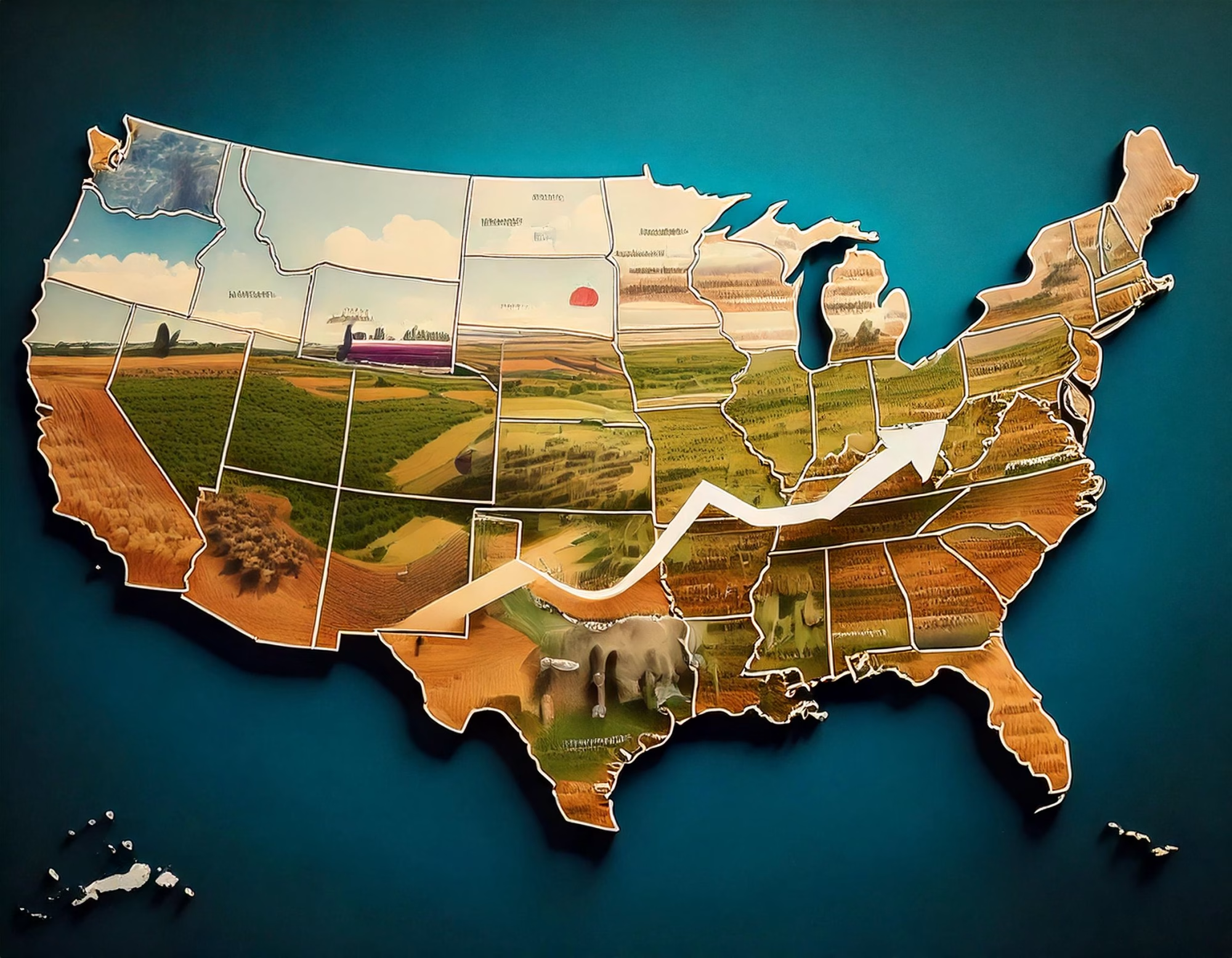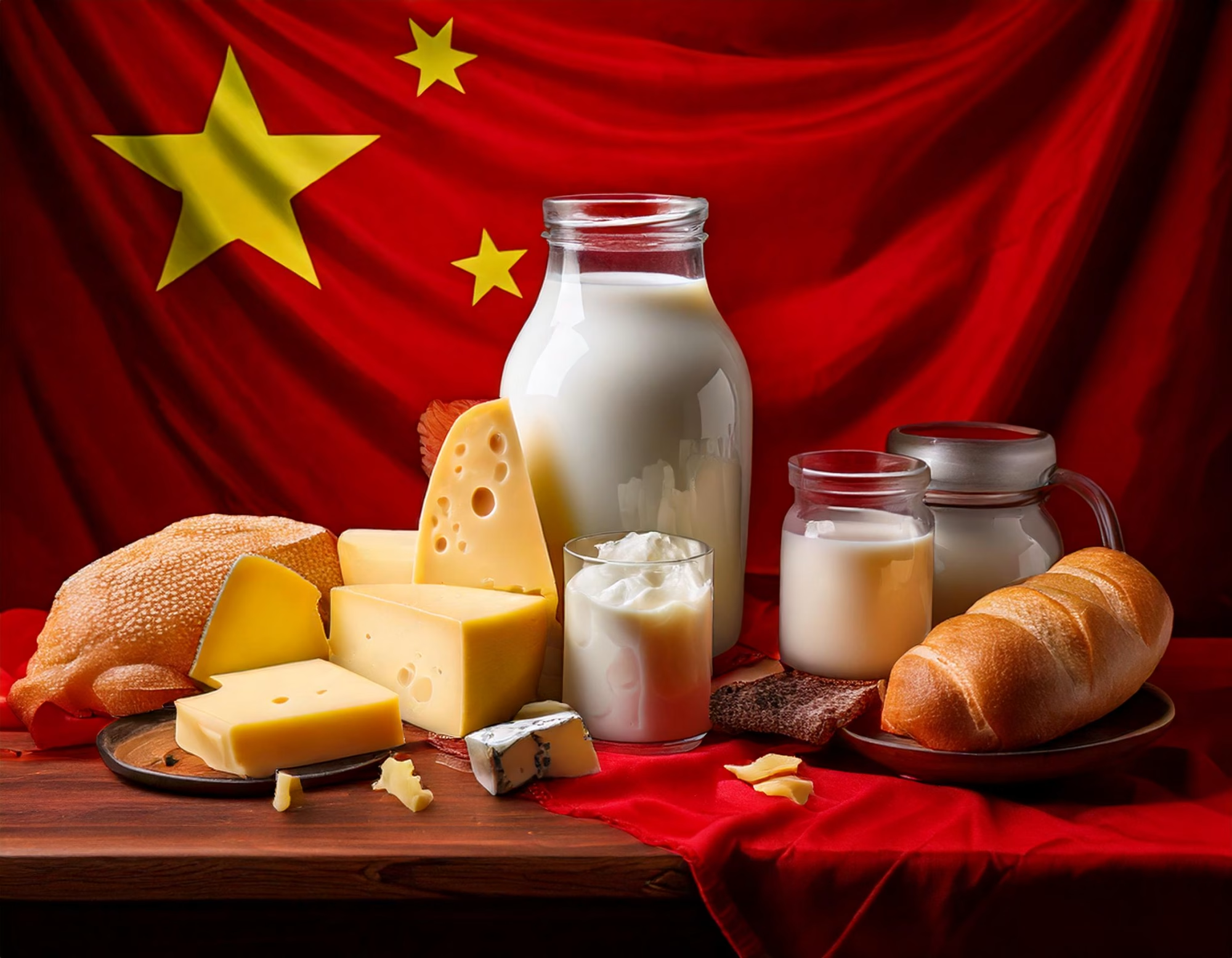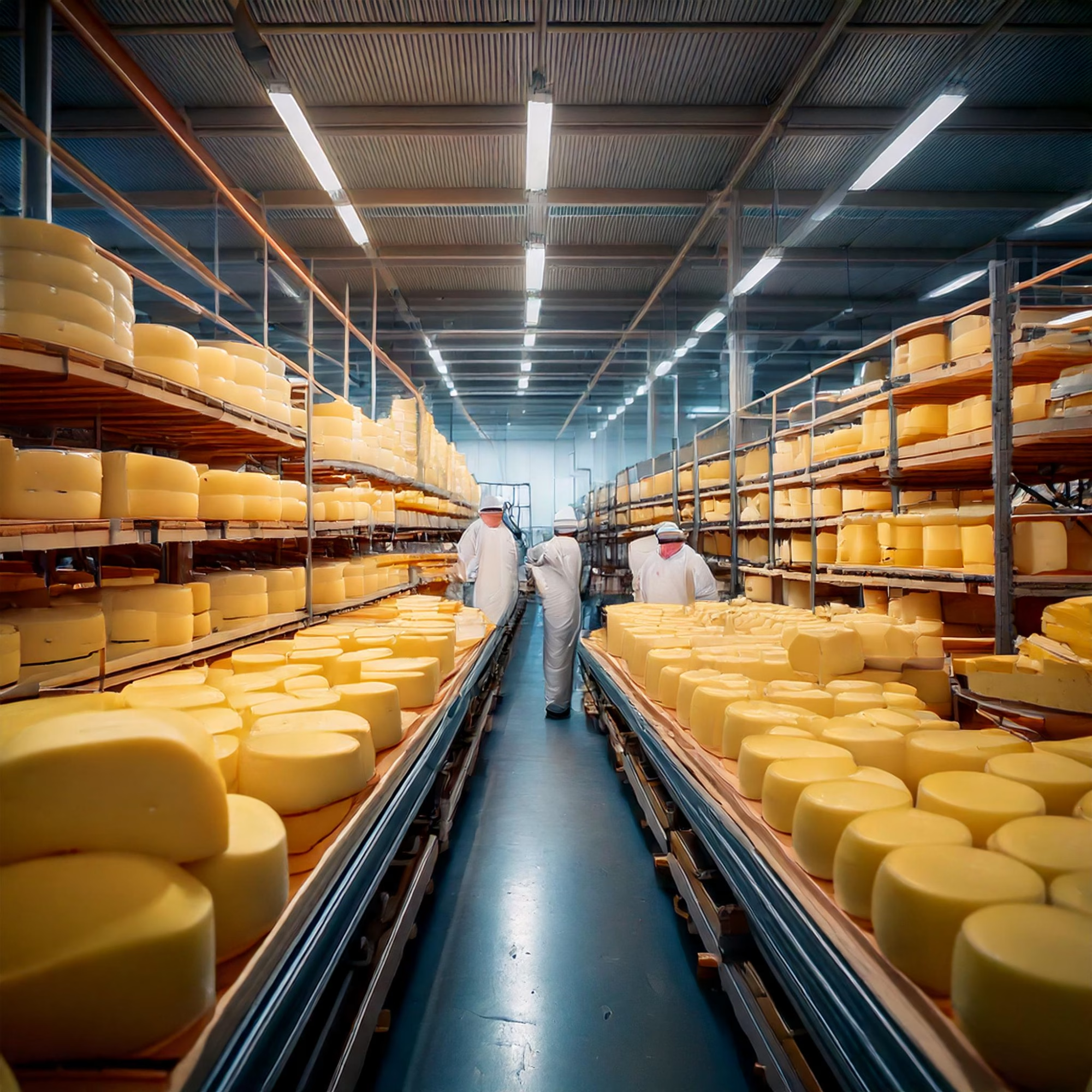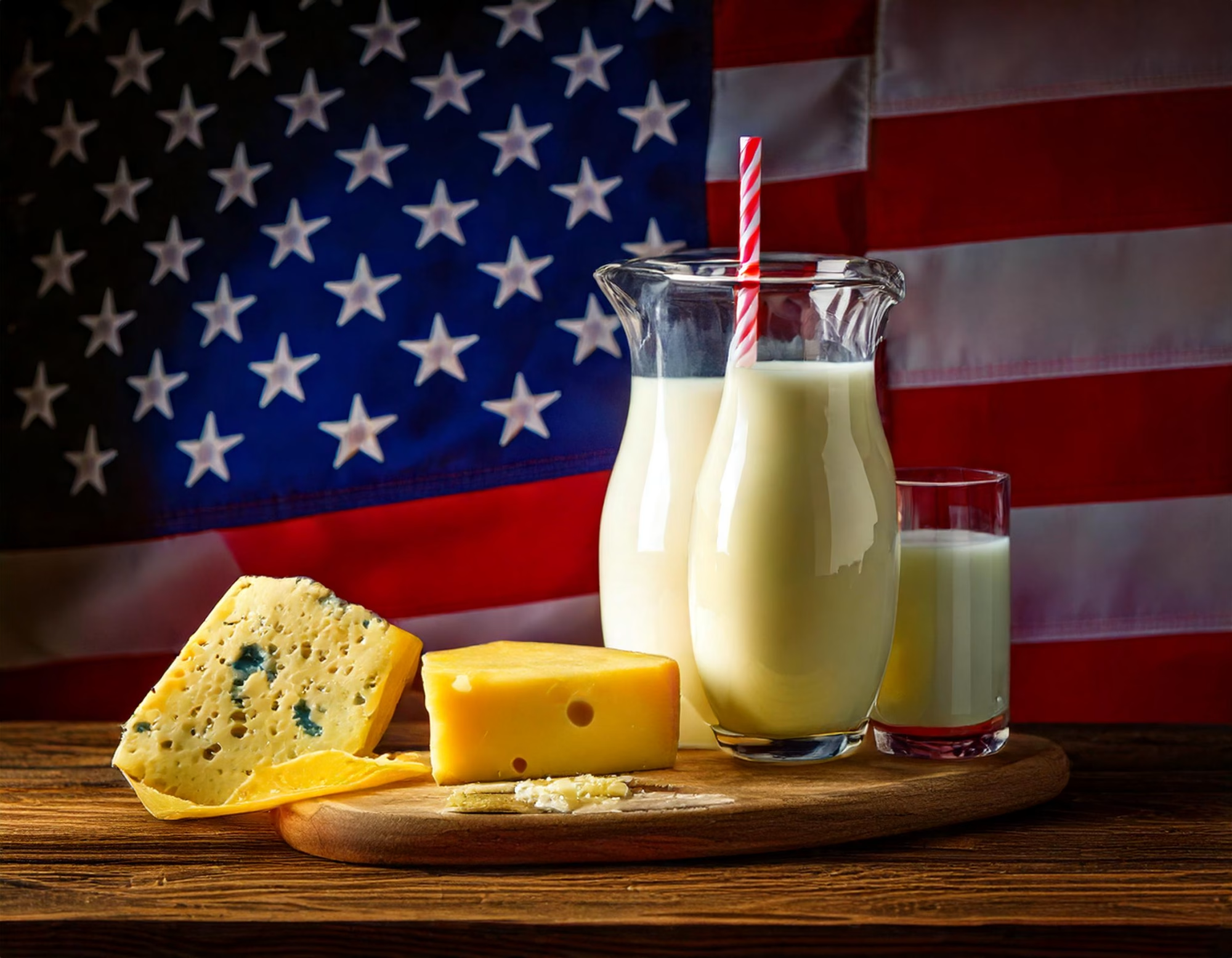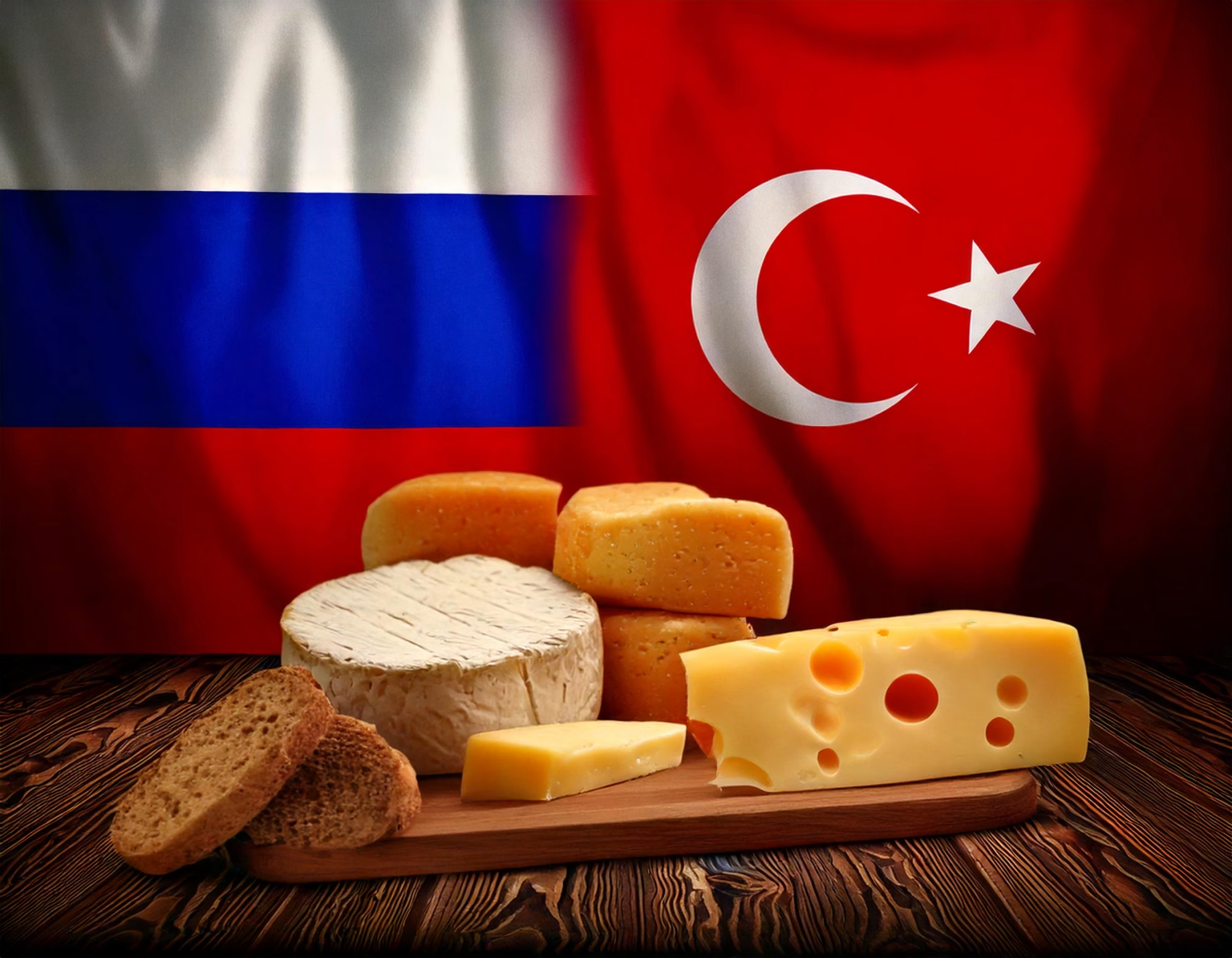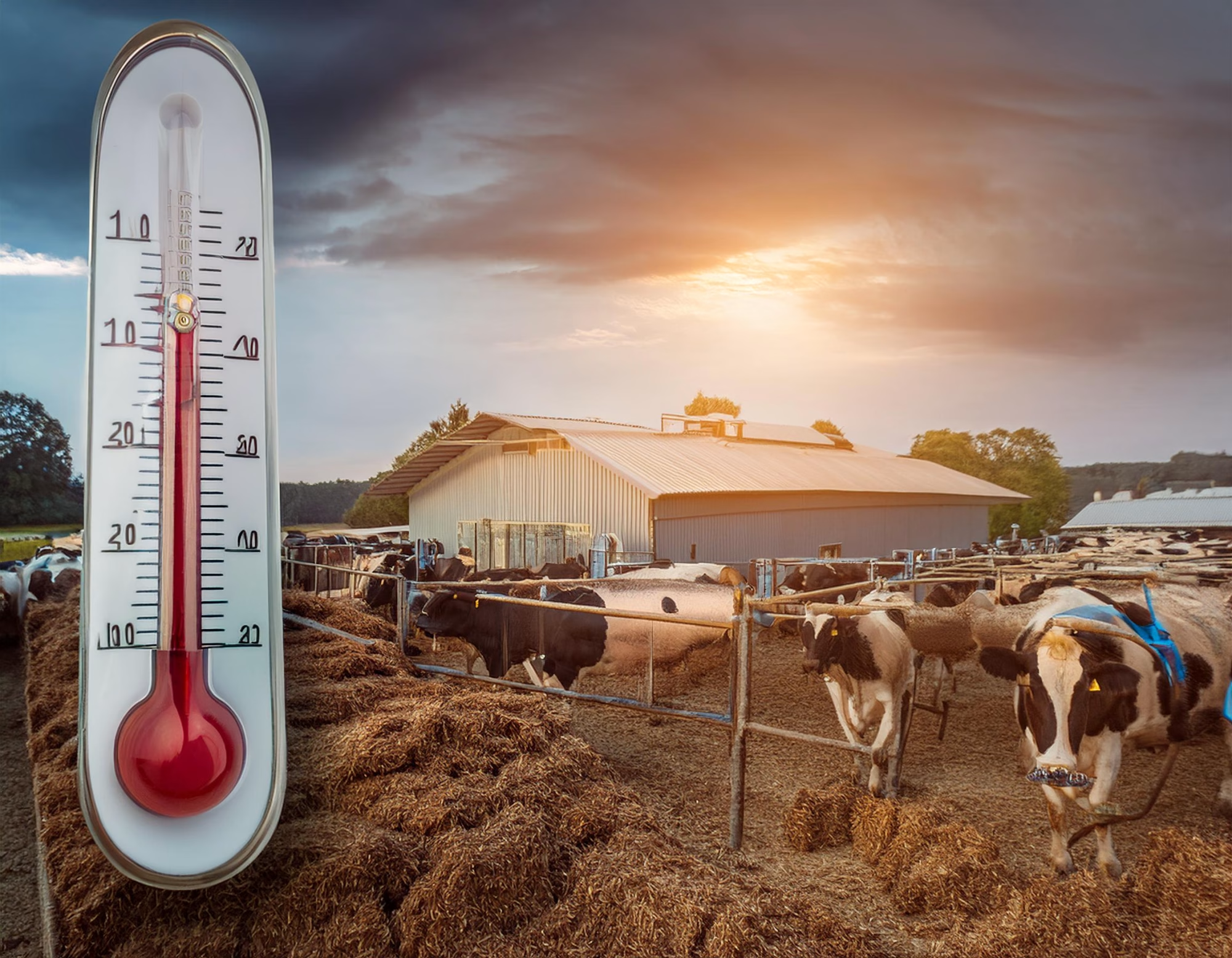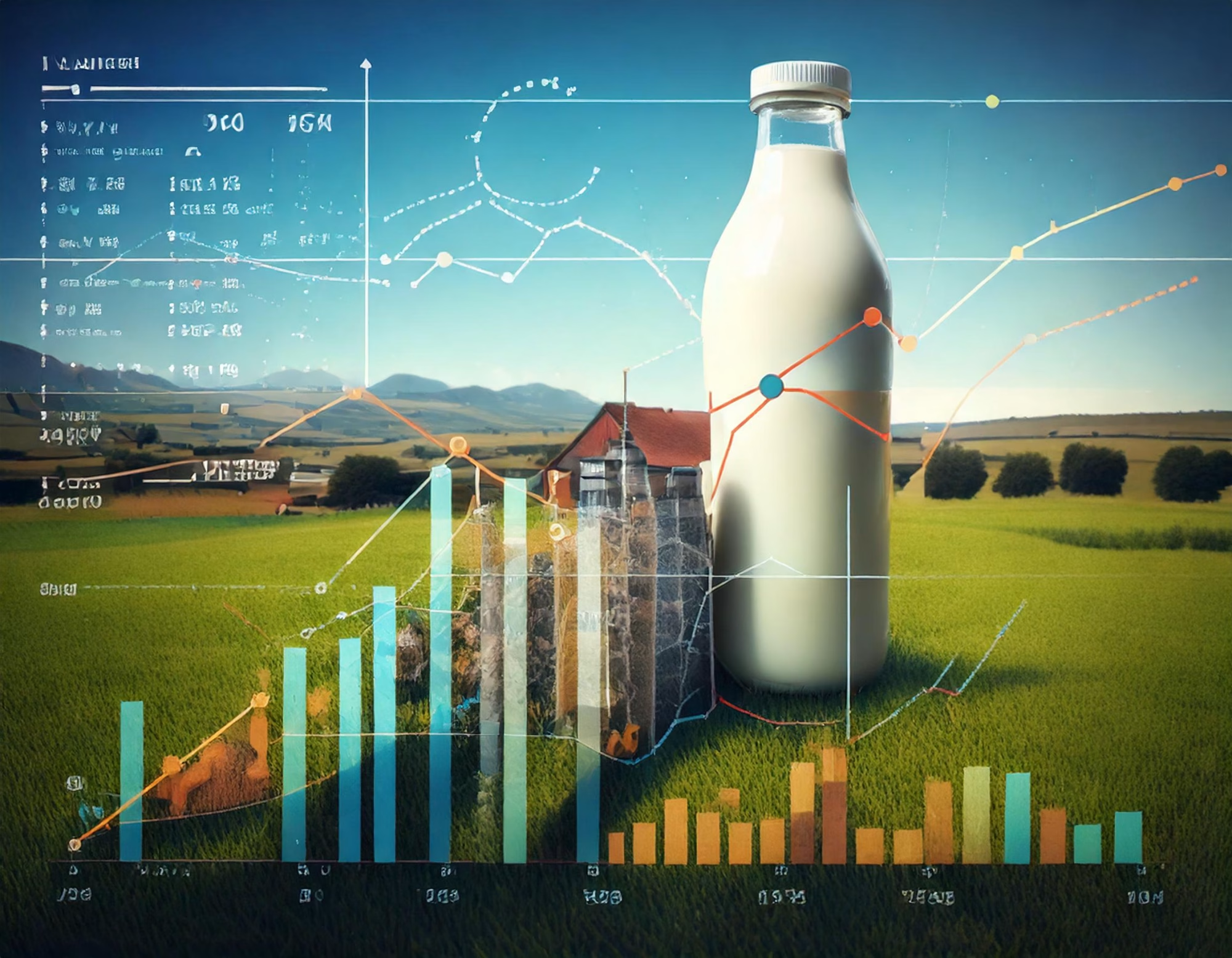Examine unexpected shifts in U.S. cheese stocks. Do low supplies indicate changing demand or intentional production cuts?
Summary:
The October 2024 U.S. Cold Storage Report highlights significant shifts in dairy and poultry stocks that have industry experts puzzled. Cheese inventories are down by 8% from the previous year, leading to a market price disparity as cheese trades below its expected rate despite lower inventory levels. This discrepancy suggests potential mixed strategies by cheese producers or quick sales of excess supplies, contrasting with historical storage patterns. Meanwhile, butter stocks have decreased by 10 million pounds but remain 11.4% higher than last year, adding complexity to the supply narrative. Overall, the report underscores volatile dairy and poultry markets, urging stakeholders to reconsider strategies amidst uncertain demand and pricing landscapes. Factors like production capacity changes, consumer demand fluctuations, and inventory management strategies could explain these trends. The unexpected dip in butter stocks raises questions about milk’s channeling into butter production, further complicated by a surplus of cream, suggesting ample supply but an unexplained constraint in butter availability. The stability of cheese prices remains delicately balanced amidst these dynamics.
Key Takeaways:
- Cheese stocks have decreased significantly, down 8% compared to last year, yet market prices do not reflect this scarcity, remaining lower than expected.
- The discrepancy in cheese price despite low stocks suggests potential mismatches between production and sales or shifts in demand dynamics.
- Butter stocks also surprise, with a decline of 10 million pounds from forecasts, although overall supply is still above last year’s levels.
- Class III futures are firm, hinting at potential price corrections or future market volatility, especially given the tight cheese inventories.
- The report highlights a broader issue in dairy market dynamics where production levels, stocks, and prices are not aligning as traditionally expected.
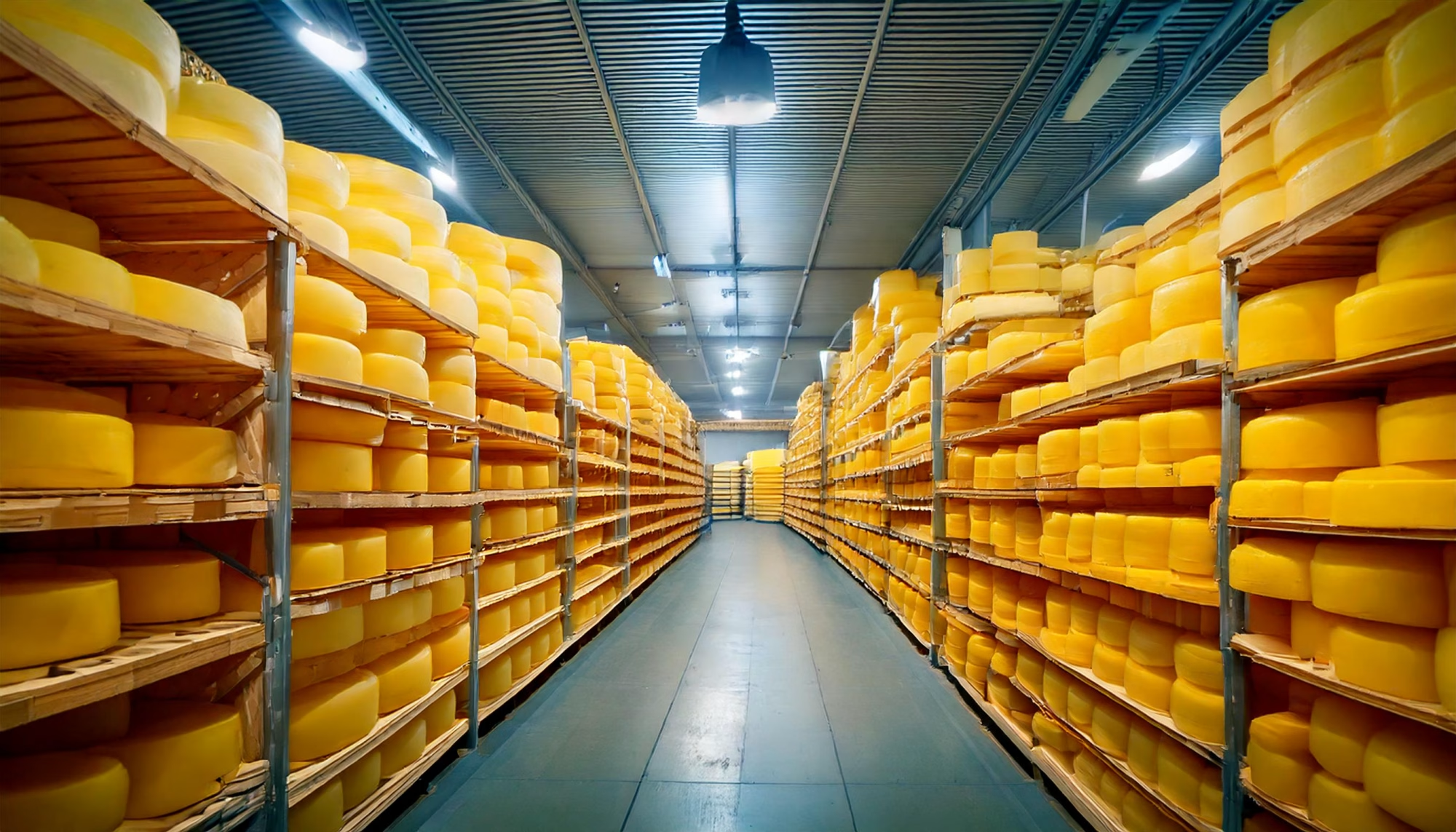
The October 2024 U.S. Cold Storage Report highlights a sharp 8% plunge in cheese stocks from last year, surprising the dairy industry at a time when many anticipated ample supplies. Despite this scarcity, cheese prices only averaged $1.72 per pound in October, well below the $2.00 per pound that tightening stocks typically suggest. This suggests that either cheese producers align their output efficiently with demand, or there is a deeper market issue, prompting dairy professionals to reevaluate their strategies.
The Dairy Sector‘s Puzzling Supply Maze: Navigating October’s Intricate Stock Shifts
The October 2024 U.S. Cold Storage Report reveals an intriguing puzzle in the dairy sector: Cheese stocks decreased 8% year over year, and butter stocks dropped 12% monthly. These figures suggest dynamic shifts within the dairy industry, which demand an examination of the underlying factors.
The drop in cheese inventories might initially seem an anomaly, especially given the review of September inventories. However, several potential reasons could explain this trend. One compelling hypothesis involves changes in production capacity. With milk production reportedly healthy for October, cheese manufacturers could be faced with a balancing act between meeting immediate market demand and maintaining inventory levels that align with future forecasts.
Another angle considers consumer demand fluctuations. It’s plausible that a softening in domestic cheese demand could have led manufacturers to curb production or push the stock into domestic and international markets more aggressively. Alternatively, heightened exports could pull the cheese out of storage quicker than anticipated, a possibility worth investigating given global dairy trade patterns.
Butter stocks, which declined 12% from last month, might hint at inventory management strategies adjusting to seasonal demand shifts. Butter storage levels often correlate with demand cycles, particularly around the holiday season. This reduction might reflect manufacturers preemptively moving butter stocks into retail and wholesale channels in anticipation of increased consumer buying.
Production strategies could also play a pivotal role. If cheese production required additional milk, this might inadvertently reduce butter production, influencing available inventory levels. Furthermore, processors may prefer to avoid the costs associated with long-term storage unless justified by market dynamics signaling favorable price movements.
Ultimately, these fluctuations underscore the intricate dance of demand, supply, and strategic planning in dairy markets. They suggest that industry stakeholders must monitor evolving market conditions and adjust strategies to maintain equilibrium between production, inventory, and meeting market demand.
Unraveling the Dairy Paradox: Supply, Demand, and Price
The intricate dance of supply and demand in the dairy sector often leaves industry professionals scratching. In October 2024, cheese stocks faced a significant shortfall, plunging 8% compared to the previous year. This decline should have theoretically buoyed cheese prices at the CME to around $2.00 per pound, yet the market bucked expectations, averaging only $1.72. This apparent contradiction speaks to a deeper issue: a potential misalignment between dairy production and market demand.
From a conservative standpoint, one could argue that cheese makers are now adept at tailoring their production levels to current demand, allowing prices to slip as they adjust their output accordingly. The emphasis here is on the importance of market agility, with producers scaling back to mitigate the risk of surplus and thus maintaining low stock levels. While often celebrated in free-market paradigms, this notion of efficiency can lead to unforeseen vulnerabilities, such as sudden shifts in consumer purchasing patterns or international trade dynamics.
The role of milk in this scenario is pivotal, serving as the foundational raw material for a myriad of dairy products. As cheese production adjusts to market signals, we must evaluate alternative allocations for milk. The unexpected dip in butter stocks—falling 10 million pounds below forecasts—despite an 11.4% increase from last year begs the question: is milk finding a more favorable economic channel in butter production, or are other factors at play? The apparent surplus of cream further complicates this equation, suggesting ample supply yet an unexplained constraint in butter availability.
This dynamic highlights a potential inefficiency or misjudgment in processing priorities, reinforcing the conservative viewpoint that stresses reasonable resource allocation. Ultimately, the interplay between production levels and demand dynamics calls for a strategic approach to milk distribution across various dairy products, ensuring resilience and stability in market pricing.
Cheese Production and Demand: An Intriguing Conundrum
Cheese production and demand present an intriguing puzzle. On one hand, the lower-than-expected cheese stocks might suggest improved production efficiency. Imagine a scenario where producers tailor their output precisely to the market’s needs, preventing any accumulation of excess supply. This efficient production could signify a savvy adaptation to current market conditions, ensuring producers maximize sales while minimizing waste. However, if demand simultaneously experiences a marked decline, it could exacerbate the decrease in visible stocks, as products are not stored for long durations.
It is imperative to consider the implications of these factors for future cheese prices and market stability. Improvements in production practices often spell good news for the market, potentially offering more stable prices. If producers consistently match supply with demand efficiently, volatility might decrease, creating a steadier market landscape for farmers and distributors. Yet, should the reduced stocks be a symptom of weakened demand, this could portend less promising prospects. Ongoing declines in consumer interest might depress prices, potentially destabilizing the market if producers fail to adjust their strategies swiftly.
Thus, the future of cheese prices and market stability lies delicately balanced between these dynamics. Stakeholders should keep a vigilant eye on consumer trends and production developments, as shifts could rapidly influence the broader market environment.
Butter’s Mysterious Disappearance: Unpacking the Dairy Enigma
October’s cold storage report reveals a curious decline in butter stocks, revealing an apparent contradiction: they dropped by 12% from the previous month (NASS, October 2024), even as milk production increased. This anomaly raises striking questions about the underlying currents in the dairy market.
Dwindling butter inventories could paradoxically point to a changing consumer taste or a strategic maneuver by dairy producers. On the one hand, lower butter stocks could suggest heightened consumer demand outstripping supply. However, this theory seems to clash with butter’s annual uptick of 11.4% compared to last October, hinting that production was undeniably ramped up.
On the other hand, are dairy producers deliberately limiting butter stock to manipulate market prices or as a defensive strategy against volatility? Given that cream supplies remain plentiful, production capacity seems less likely to be the limiting factor. If consumer preference is veering away from traditional butter towards alternative spreads or plant-based options, this could necessitate a recalibration of production strategies within the industry.
Furthermore, with butter prices historically sensitive to stock levels, this shortfall could signal potential price hikes that the market has not entirely accounted for. Is the dairy industry poised for a shift in its structural dynamics, driven by evolving consumer trends, or are we witnessing market adjustments in response to broader economic signals?
As we puzzle over these prospects, it becomes evident that the dairy sector’s strategic decisions will critically shape the trajectory of butter prices and availability in the coming months. Could this herald a new era of consumption patterns, or is it merely a passing phase in the cyclical ebb and flow of dairy market forces?
Cheese & Butter Market: A Precarious Dance Between Demand and Supply
The October U.S. Cold Storage report paints a compelling picture of the dairy sector’s current state, urging us to take a step back and consider the broader market implications. Historically, the tightness in cheese stocks is notable. With inventories down 8% from last year, this contraction spells potential risk factors that cheese prices might encounter.
In the grand scheme of dairy economics, such reduced stocks could fundamentally challenge market dynamics. When stocks are low, and supply can’t meet the fluctuating demand, prices inevitably face upward pressure. This scenario suggests a precarious balance that could tilt towards price elevation if demand climbed or remained stable. Market participants should be vigilant, as this tension between demand and availability could lead to price increases that echo through supply chains, from cheese manufacturers to retailers.
Meanwhile, butter stocks present another layer of complexity. Despite a lower-than-expected inventory, bulk and retail packaged butter are assuredly available, cushioning against immediate shortages. Nevertheless, those engaged in dairy production and sales should remain attuned to shifts in economic conditions, such as consumer spending power and global dairy trade activity, which influence butter demand and supply dynamics.
The uncertainty surrounding global economic factors, inflation trends, and consumer behavior could amplify these risks. Understanding these market intricacies and preparing for potential fluctuations is critical for stakeholders who aim to leverage challenges and opportunities in the dairy market.
The Bottom Line
As we conclude our analysis of the October 2024 U.S. Cold Storage Report, we see that the dynamics within the dairy sector are intricate and shifting. The unexpected reduction in cheese stocks and a surprising dip in butter inventories present a curious paradox, suggesting a disconnection between supply, demand, and pricing. These fluctuations indicate potential underlying issues in production efficiency and consumer demand, raising questions about future pricing strategies and the ability to maintain balance within the market.
With inventories tight, yet prices not reflecting typical supply-demand logic, dairy farmers and professionals are prompted to reassess their operational strategies. Could this be a signal to diversify product lines or optimize supply chain management? Furthermore, the intricacies revealed in these stocks pose a critical question: How will these trends influence the sector’s competitive landscape and pricing stability in the coming months?
We invite you, our valued readers, to join this conversation. Share your insights, experiences, and strategies in the comments or on social media. How are you tackling these challenges and preparing for future market shifts? Stay informed, stay adaptive, and let’s navigate these evolving market dynamics together.
Learn more:
- Markets are not Bullish or Bearish, but Indecisive: Cheese Stocks Shrink Amid Soaring Milk Demand
- How Cheese Exports and China’s Demand are Powering the US Dairy Economy in 2024
- The February Dairy Supply and Utilization report from the USDA revealed market secrets
 Join the Revolution!
Join the Revolution!
Bullvine Daily is your essential e-zine for staying ahead in the dairy industry. With over 30,000 subscribers, we bring you the week’s top news, helping you manage tasks efficiently. Stay informed about milk production, tech adoption, and more, so you can concentrate on your dairy operations.







 Join the Revolution!
Join the Revolution!


